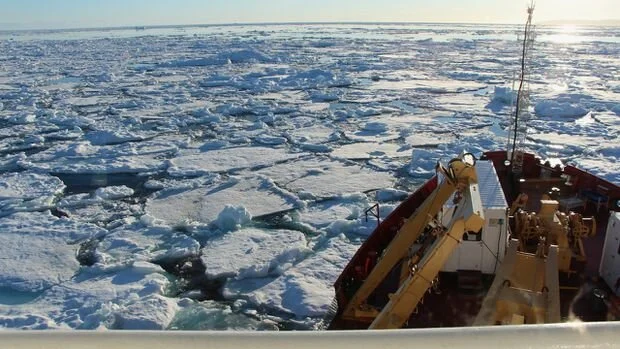Toxic "forever chemicals" are being found in the blood of Canadians — and even higher levels are being found in northern Indigenous communities — says a new report from the government of Canada. Health Canada and Environment Canada have released a draft assessment of the science on per- and polyfluoroalkyl substances (PFAS). Both departments propose listing the human-made chemicals as toxic under the Canadian Environmental Protection Act (CEPA). Canadians have until mid-July to weigh in on the proposed change.
Canada's single-use plastic ban faces its first legal test
Canada's single-use plastic regulations face their first legal test today as the plastics lobby and the federal government head to court. A federal court judge will hear arguments from lawyers on all sides from Tuesday to Thursday in Toronto. The federal judge, who is not expected to deliver a ruling for months, must consider whether Ottawa was justified when it listed plastic products as toxic under the Canadian Environmental Protection Act.
De Beers fined $350,000 over diesel spill at Snap Lake
Environment and Climate Change Canada, heralding Monday’s sentence, said the money will be placed in a fund that supports “projects that benefit the natural environment.” De Beers was charged under the Canadian Environmental Protection Act, a prosecution considered significant as one of the first since the act’s regulations were amended in 2020.
Canada backs global plastics treaty at UN assembly
Canada is throwing its support behind a push for a global treaty that could do for plastic pollution what the Paris agreement is slowly doing for greenhouse gas emissions. A resolution is set to be voted on Wednesday at the United Nations Environment Assembly meeting in Kenya, calling for a legally binding agreement to cut plastic waste by curbing demand and improving both the reuse and recycling of plastics. The resolution is intended to kick-start a wider negotiation to develop a treaty that addresses plastic pollution from production and design right through to waste management. The hope is that it will be ready for signatures the next time UNEA meets in 2024.
Strengthening protections for Canadians and the environment from harmful chemicals and pollutants
Canadians expect their government to protect their health and the environment from harmful chemicals and other toxic pollutants. Today, the Government of Canada took an important step forward to do just that. The Government introduced in the Senate the bill Strengthening Environmental Protection for a Healthier Canada Act, which would modernize the Canadian Environmental Protection Act, 1999 (CEPA) for the first time in twenty years and make related amendments to the Food and Drugs Act.
Protecting the environment should be everyone's 2022 resolution
That walk had me questioning what it will take for people to recycle properly, or if people even know current recycling dos and don’ts. After seeing containers with food particles still stuck to them, paint cans and everything in between, I wondered if we are winning or losing the battle on recycling. And why do some homes still have seemingly hundreds of single-use plastic water bottles filling their recycling bins?
Trudeau government to introduce update to environmental protection laws
The federal government has indicated that it will soon introduce a bill to reform the country’s signature pollution prevention law, the Canadian Environmental Protection Act (CEPA). Environment Minister Jonathan Wilkinson officially gave notice to the House of Commons of this plan on Thursday night. The bill that Wilkinson plans to introduce is not listed on the House’s agenda for Monday, suggesting that the earliest it could be introduced will be Tuesday. Its contents won’t be public until the bill is tabled in the House. The Liberals promised to “strengthen” CEPA during the last federal election campaign. The government doubled-down on that promise in its speech from the throne last fall, saying it would “modernize” the Act.
Canadian Arctic awash in microplastics, study finds
In the first large-scale survey of its kind in the region, researchers sampled more than 30 locations across the eastern Arctic and Hudson Bay and were able to detect microplastics nearly everywhere they looked, including in surface waters, marine sediments and in the guts of zooplankton – the tiny, floating organisms that occupy the base of the Arctic food chain. And while the long-term effects of the materials on the environment and on human health remain largely unknown, the results suggest widespread exposure is becoming inescapable, even for people living in the most remote areas of the globe.









